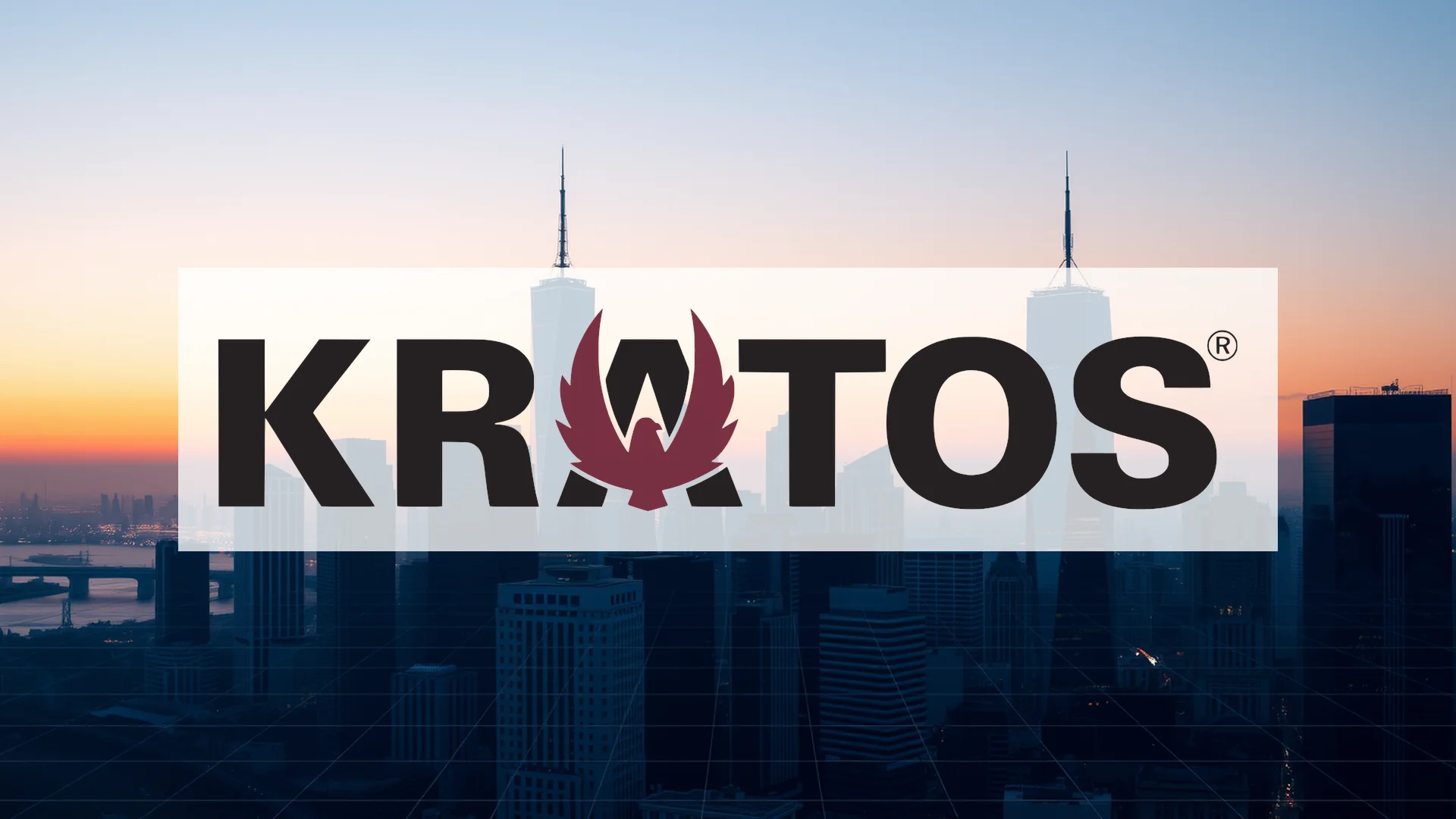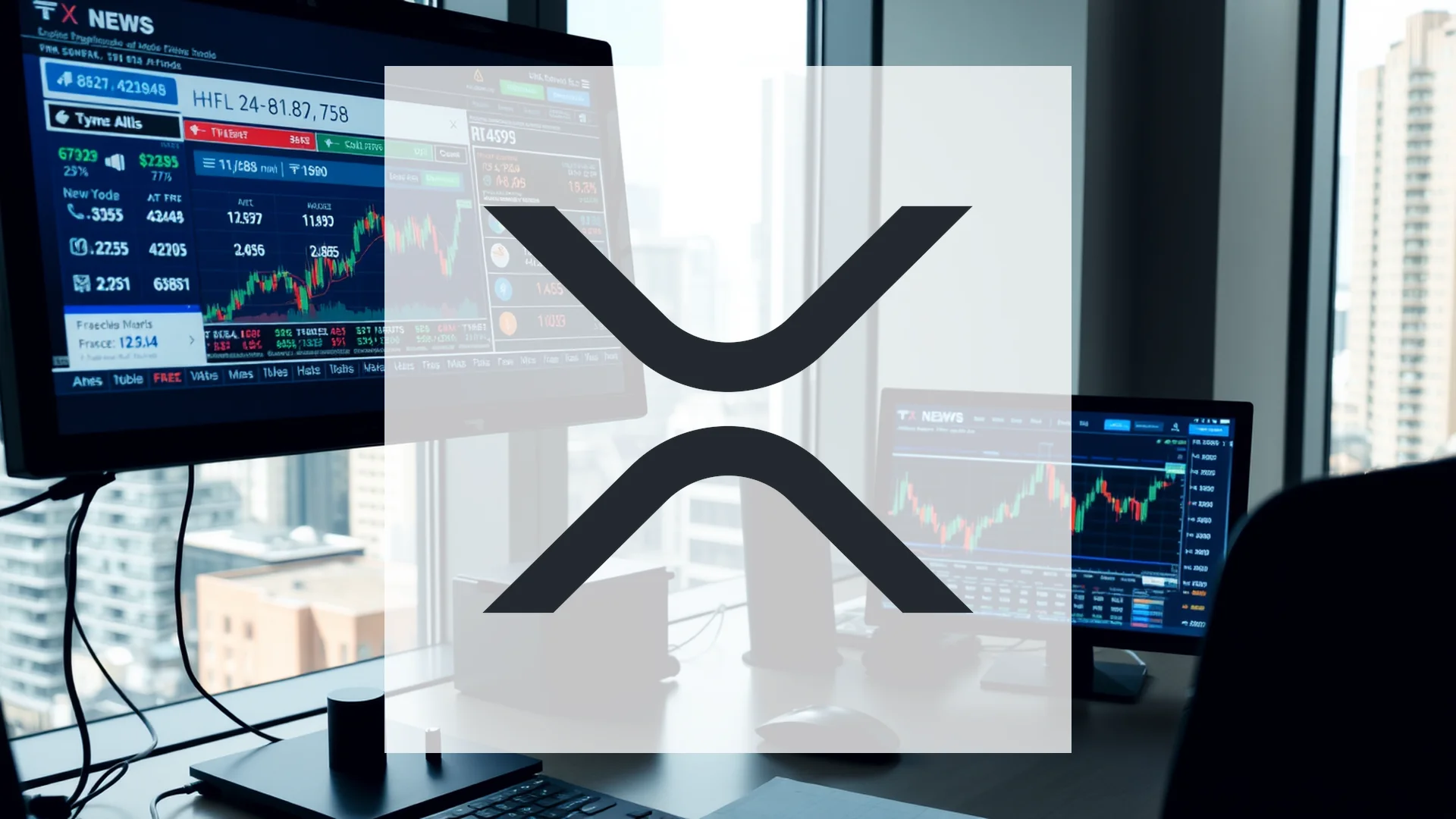A dramatic corporate overhaul is underway at Barrick Gold, the world’s largest gold producer. The company has replaced its entire North American leadership team and announced fundamental structural changes. This reorganization coincides with the recent disclosure that activist investor Elliott Investment Management has taken a substantial $700 million position in the mining giant, establishing itself among Barrick’s top ten shareholders.
The timing of these developments is unlikely to be coincidental. Elliott, known for its aggressive campaigns to unlock value at undervalued companies, has sent a clear message to Barrick’s management: the status quo is unacceptable. This raises a critical question about a firm that CEO Mark Hill describes as having “excellent fundamental data”—what exactly is going wrong?
Executive Suite Sees Complete Overhaul
The personnel changes are sweeping. Christine Keener has departed the company, with Tim Cribb stepping into the role of Chief Operating Officer (COO) for North America. In a parallel move, Kevin Annett has been replaced as Chief Financial Officer (CFO) by Wessel Hamman. Adding to the new leadership dynamic, George Joannou has been promoted to Chief Development Officer, joining the executive committee.
The transformation extends beyond personnel. Barrick is also implementing a significant geographical reorganization. The highly profitable Pueblo-Viejo mine in the Dominican Republic will now be managed under the North American business unit. Concurrently, the company is merging its Latin America and Asia-Pacific divisions into a single, consolidated operation.
Should investors sell immediately? Or is it worth buying Barrick?
Strategic Pressure from an Activist Investor
The corporate restructuring appears to be a direct response to Elliott’s growing influence. The hedge fund’s strategy often involves pushing for corporate break-ups or spin-offs to realize hidden value. Market observers suggest that a potential separation of Barrick’s North American assets from its higher-risk operations in Africa and Asia is now on the table.
The rationale behind such a move is clear: despite a robust gold price environment, Barrick’s stock performance has lagged behind its industry peers. A structural separation could highlight the value of its stable North American portfolio and drive a higher market valuation. This strategic pivot toward North America is further emphasized by Barrick’s recent signing of a new option agreement for the Lewis gold project located in Quebec.
Will These Measures Be Enough?
In a remarkably candid internal memo, CEO Mark Hill conceded that the company’s previous operational approach was no longer sustainable. The critical test will be whether this restructuring and renewed focus on North American assets will satisfy Elliott Investment Management. The market will be watching for the next comprehensive financial results in February 2026, which will cover the full 2025 fiscal year.
Until then, a pivotal question remains: Will Barrick’s voluntary changes be sufficient, or will Elliott feel compelled to escalate its pressure campaign to force more drastic action?
Ad
Barrick Stock: Buy or Sell?! New Barrick Analysis from November 19 delivers the answer:
The latest Barrick figures speak for themselves: Urgent action needed for Barrick investors. Is it worth buying or should you sell? Find out what to do now in the current free analysis from November 19.
Barrick: Buy or sell? Read more here...











